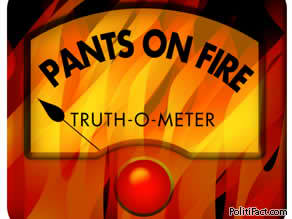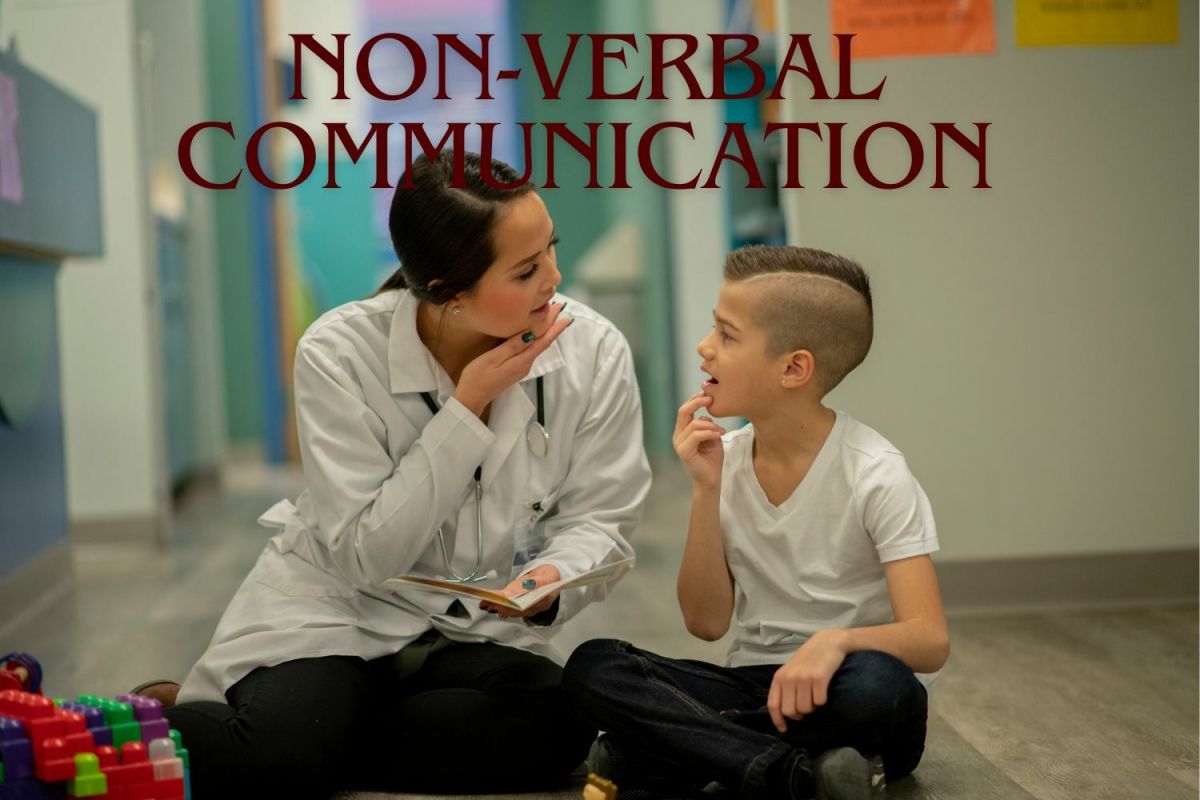Lying Body Language, How to Tell When Someone Is Lying to You...

How does your sleep position define you?
- What your sleep positions reveal about your personal...
You may be surprised to see how the position you catch your nightly zzz's in describes your personality. Read on to see how your sleep position reveals traits about your personality.
Why do people lie?
Actions often speak louder than words, and this holds especially true when it comes to lying. You don’t always need someone to explicitly tell you a falsehood to recognize that something is untrue. Sometimes, body language, inconsistencies in their story, or repeated evasions can reveal dishonesty just as clearly as spoken words. The damage caused by lies is often not just about the words themselves but the betrayal of trust and the emotional toll that follows.
So, why do people lie? Understanding the reasons behind dishonesty can shed light on this destructive behavior, though it certainly doesn’t excuse it.
First, many lies are told to protect an interest—whether that’s protecting one’s image, reputation, or relationship. People may lie to avoid shame or embarrassment, fearing judgment or rejection if the truth were known. The desire to maintain social standing or personal dignity can sometimes motivate individuals to twist the truth or hide facts.
Second, lying is often a way to avoid responsibility or accountability. When faced with the consequences of their own decisions or mistakes, some choose deception as an easier path than admitting fault. This avoidance not only undermines trust but also stalls growth, both individually and within relationships.
Regardless of the reasons, lies are usually hurtful and damaging. They erode the foundation of trust that every healthy relationship depends upon. Trust is fragile—it takes time to build but can be shattered in moments. When dishonesty becomes a pattern rather than an occasional lapse, it creates a toxic cycle of suspicion, doubt, and resentment. Chronic lying makes it nearly impossible for partners, friends, or family members to feel secure or valued.
Repeated offenses don’t just strain relationships; they can deteriorate them beyond repair. Once trust is broken, rebuilding it requires immense effort, vulnerability, and genuine remorse—none of which can be guaranteed. Many relationships collapse under the weight of ongoing deceit because the emotional wounds run deep, and the sense of betrayal lingers.
Honesty isn’t just about speaking the truth; it’s about fostering respect, reliability, and safety in human connections. Without honesty, love, friendship, and partnership struggle to survive. Actions may speak louder than words, but in relationships, the truth spoken and demonstrated consistently is what truly holds people together.
Everyone has told a lie before!
Sometimes you just know when someone is lying—not just from what they say, but from how they say it or how their body behaves. No one is perfectly honest all the time; everyone has told a fib or two, even if it’s just harmless white lies. But detecting a lie—especially a serious one—isn’t always obvious, unless you happen to be Sherlock Holmes. Fortunately, with some insight, you can learn to spot dishonesty by paying attention to a person’s actions.
The key to spotting a liar starts with understanding their baseline behavior—how they act when they are relaxed, calm, and not under pressure. This means observing them over time, so you get a clear picture of their normal speech patterns, body language, facial expressions, and gestures. Once you know what “normal” looks like for someone, you’ll be better equipped to notice subtle shifts that might indicate they’re being deceptive.
Law enforcement often uses this technique during interrogations. They start by asking simple, non-threatening questions that don’t require a lie, allowing them to study how the person behaves when telling the truth. Then, when tougher questions come up—those that might provoke dishonesty—officers watch for changes in body language, eye contact, tone of voice, or nervous tics. These shifts can be powerful clues that a lie is being told.
So, while no single sign guarantees someone is lying, becoming familiar with their typical behavior and noting when something feels “off” can give you an edge in spotting deception—without needing a magnifying glass or a detective’s hat.
Boundaries...we all need them.
- How To Set Healthy Personal Boundaries
Setting healthy personal boundaries is important for self-preservation. Sometimes we neglect ourselves for the sake of others, which is not always healthy. Read on to re-establish your boundaries
Non verbal body language
Nonverbal communication—commonly known as "body language"—is the subconscious mind's way of speaking without words. No matter how hard you try to control it, your subconscious constantly reveals clues about your true feelings and intentions. This makes body language an incredibly powerful tool for spotting when someone might be lying.
In fact, every minute of interaction contains up to 10,000 body language cues, all packed into subtle gestures, facial expressions, posture, and movements. When a person attempts to lie, their body often “talks” for them, unintentionally revealing inconsistencies between their words and their true emotions. Unlike spoken language, these nonverbal signals are much harder to fake or suppress.
Because body language is driven by the subconscious, these cues are often undeniable—even when someone tries their best to hide the truth. This is why paying close attention to nonverbal communication can give you a clear edge in detecting deception and understanding what someone is really feeling beneath the surface.
Spy the Lie
The body language of a liar...20 most common signs
- They don't make eye contact- A lot of times when someone lies they will divert their gaze. However, an experienced liar my overcompensate for this and make to much eye contact. To much eye contact can feel awkward and uncomfortable and downright domineering.
- Delay in response time- If the liar has had ample time to rehearse their lie, they will generally answer abnormally quick. If they have not had time to rehearse, their response will be markedly slower. It takes time to deceive!
- Their pupils will dilate- it is almost impossible to fake pupil dilation. The larger pupil size that most people experience when lying can be attributed to an increased amount of tension and anxiety. So if you can see their pupils, pay attention to them. And if they suddenly seem bigger, they may be fibbing!
- Verbal signs of a lie- A person’s tone of voice will usually rise to a higher pitch. Other verbal signs include rambling, blabbering, stammering, stuttering and it has also been reported that liars use fewer contractions in their sentences: “I did not have sex with that woman . . .” rather than “I didn't . . . ”
- Less blinking- When someone tells a lie, the rate at which they blink gets extremely slow, after the lie is told, blinking returns to normal, or they blink excessively.
- Body twitching- When someone tells a lie, it is very common to note twitching or jumpy movements in their legs and feet. They may also wrap a limb around a nearby object, such as a chair. Lying is stressful, and therefore usually appears as a sign of tension. The liar may also play with things around them, play with their hair, or be doing some other meaningless movement. It's as if they can't sit still, and they get very nervous.
- Covering the eyes, mouth, or nose- As the liar tries to convey the lie, they may cover their mouth or eyes, and they will at a lot of times rub or touch their nose. They’ll often unconsciously rub their nose. (Most likely this is caused by a rush of adrenaline that opens the capillaries and makes their nose itch.)
- In-congruence- When a person believes what he is saying his gestures and expressions are consistent with his words and body movement. When you see a mismatch — gestures contradicting words – an example would be side-to-side headshake while saying “yes”, or nodding yes when saying "no" is a sign of deceit or at minimum, the sign of inner conflict between what is being said versus what is being thought.
- A quick-check- Liars will usually immediately look down and away, then back at you again in a brief glance to see if you bought into their nonsense. They may also suddenly change their head position.
- Forced smiling- Another facial gesture nearly impossible to fake realistically is a smile. When someone naturally smiles their eyes and mouth change, their entire expression changes with a genuine smile. When a liar smiles, the smile will only involve their mouth.
- Follow eye movement-People tend to look up to the right to visualize or create a new response. Spot a liar by listening for long pauses and right eye movement.
- Hiding hands- When someone is relaxed and being honest, they have no problem showing their palms. Hand gestures are a natural language of the heart. Liars tend to hide their hands and especially palms, putting them behind their back, or tucked into pockets.
- Being overly still- An experienced liar knows that too much movement can seem very obvious when telling a story. So they overcompensate by staying much to still.
- Excessive confidence- Being confident is a good thing, but when it's over the top, the person may be telling you a fib.
- Shoulder shrugging- After the liar has told their lie, it is also common to see them shrug one or both shoulders.
- Breathing changes- Breathing may become heavier and labored. Again this is a stress response that the body cannot hide.
- Repetition- Liars will often repeat the same phrase 2-3 times. "How dare you accuse me of cheating when I didn't. I didn't cheat on you. I did not cheat on you", this is internal validation of the lie.
- Lip biting- A liar may make to much movement with their lips. This can include biting, lip pursing, lip licking.
- Finger pointing- A liar will want to divert your attention. They may point a lot, mainly to take the attention of the lie off of themselves!
- Boundary lines and more body diversion- A liar may subconsciously place items between you and them. This can include books, cups, or other silly objects. They will also turn their bodies slightly away from you.
Quick trick to trap a liar
Here’s a simple yet effective technique you can use to catch a liar in the act. If you suspect someone might be lying, try quickly shifting the topic of conversation. This sudden change can reveal a lot about whether the person is telling the truth or hiding something.
When someone is lying, they often cling tightly to the topic they’re fabricating about. They want to keep control and avoid any unexpected challenges or deep scrutiny. So, when you abruptly switch the subject, a liar will usually be relieved and follow along willingly, often becoming visibly more relaxed. The tension they had been holding onto starts to ease because the pressure is off—they no longer have to maintain the lie in the immediate moment.
On the other hand, an innocent person who has been telling the truth might react quite differently to a sudden topic change. Because their thoughts are clear and they have nothing to hide, they might actually feel caught off guard or confused by the abrupt switch. Instead of happily following the new subject, they could become dumbfounded or hesitant, wanting to return to the original topic to finish their point or clarify what they were saying. This is a natural reaction when someone is genuinely engaged in a conversation and wants to ensure clear communication.
This subtle difference in response can be a helpful way to gauge whether someone is being truthful or deceptive. Liars are often anxious to get away from the subject where their story might be exposed, so the quick change in topic provides them an escape route. Innocent people, however, tend to want to finish their story and might feel unsettled or irritated if they can’t.
Of course, this technique isn’t foolproof on its own—some people are naturally quick to shift topics or might just be easily distracted. However, when combined with other clues such as body language, tone of voice, and inconsistencies in their story, it becomes a powerful tool to help you detect deception.
In conversations, especially those where truthfulness matters, paying attention to how someone reacts to sudden topic changes can give you a better sense of their honesty. It’s a small trick that takes almost no effort but can reveal a lot about a person’s true intentions. So next time you suspect dishonesty, try switching gears mid-conversation and watch closely how they respond—you might just catch them off guard.
This content is accurate and true to the best of the author’s knowledge and is not meant to substitute for formal and individualized advice from a qualified professional.
© 2013 Rebecca









